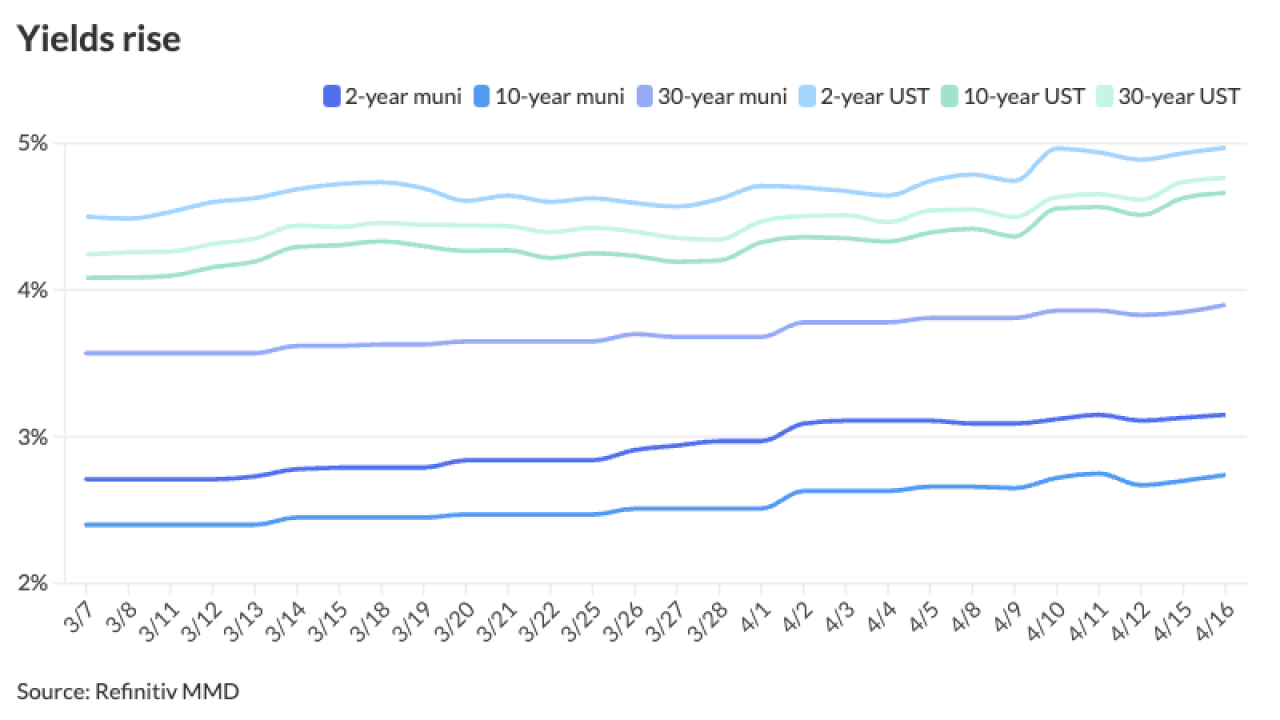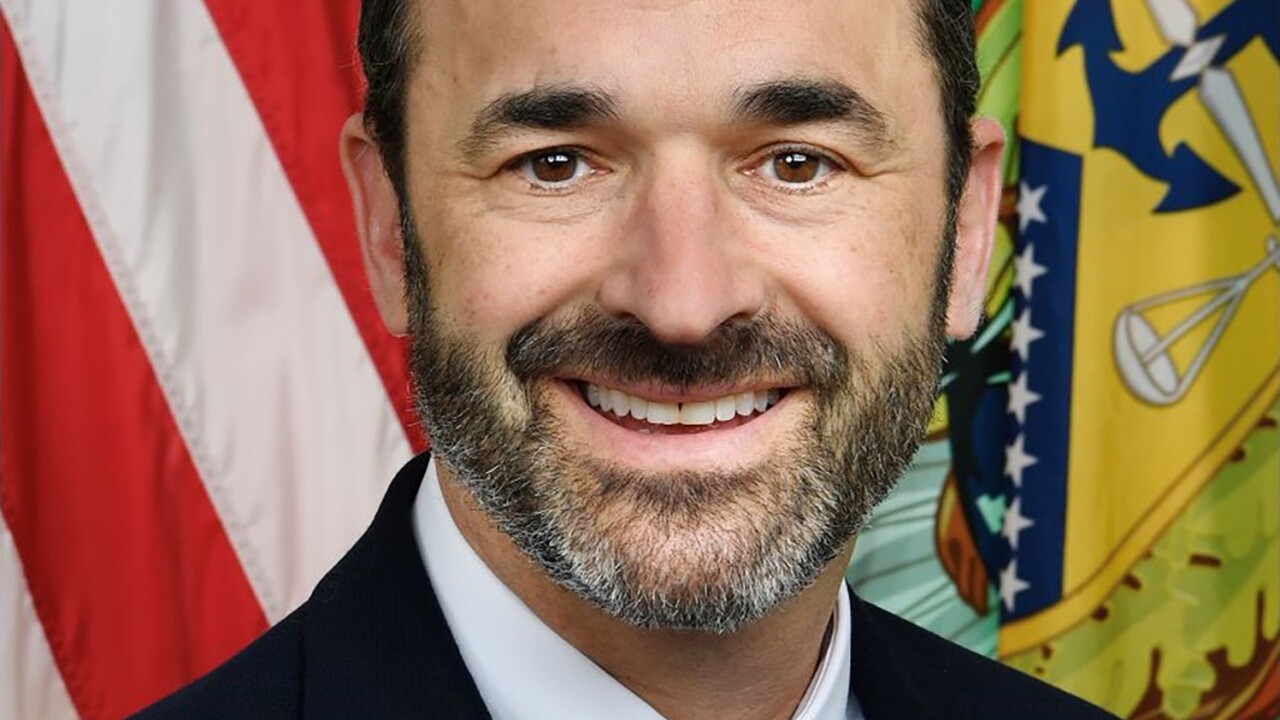Households remained the biggest owners of municipal bonds in the first quarter of 2013 while mutual funds and U.S. chartered depository institutions increased their share of the $3.7 trillion market.
Household ownership of munis declined by $123 billion, or 6.9%, to $1.66 trillion from a year earlier, and was little changed from the end of 2012, according to quarterly data from the Federal Reserve Board. Mutual funds and the depository institutions followed as the next largest holders, owning $644.4 billion and $374.2 billion in the quarter, respectively, up 15% and 22% from the same time a year ago. The municipal market rallied with yields at historic lows, boosting total outstanding debt to $3.72 trillion, up 0.2% from a year earlier and 0.4% from the end of the previous quarter, the Fed data showed.
Households owned $1.78 trillion of that debt at the end of the first quarter of 2012, and ended the year with $1.65 trillion as they continued paring back holdings from the $1.80 trillion they held at the end of the 2011. A combination of factors, including low absolute yield levels, an attractive stock market, and a large volume of refundings, may have curtailed household ownership in the first quarter.
“With their bonds called, households may not be reinvesting all of those proceeds back into the muni market,” said Judy Wesalo Temel, director of credit research at Samson Capital Advisors.
The municipal market lost appeal relative to the rising stock market amid low interest rates, said Howard Mackey, president of trading, underwriting, and sales at Rice Financial.
“Interest rates really dropped precipitously, so you didn’t have attractive [municipal] rates out there for an investor long-term,” he said. “You had a major rise in the stock market, so retail basically joined the fervor.”
Although mutual fund flows see-sawed, they managed to sustain their longterm growth trend of the previous nine years.
For instance, $1.55 billion of inflows poured into weekly reporting municipal bond mutual funds in the week ended Jan. 9, while inflows of $324 million arrived in the week ended Feb. 27, according to Lipper FMI numbers.
By contrast, however, in the week ended April 3, funds hemorrhaged, losing $278 million – in what was the fifth consecutive week of outflows -- just as the quarter was coming to a close.
But, it was an opportunity for mutual funds, and banks, to spend available cash and diversify in the presence of favorable spread ratios, Mackey said. “They are under more pressure to do so than individual investors,” he said.
Property and casualty companies were also among the largest owners of muni debt with $326.8 billion, though their ownership slipped by 0.7% from a year earlier and 0.2% from the fourth quarter.
While state and local government retirement funds were still among the smallest owners of municipal debt, their holdings soared 66%, or $2.8 billion, to $7 billion -- the highest percentage growth of any category -- over the 12 months cycle. The rise in their holdings parallels the continued growth in holdings by U.S. depository institutions, Wesalo Temel said. “It is quite likely that they are looking at the attractive municipal/Treasury ratios and are increasing their tax-exempt bond exposures.”
Credit unions, which were added to the list of holders beginning in the first quarter of 2012, were also one of the smallest holders at $5.3 billion, yet their holdings grew 14% over 12 months and 27% since the end of 2012.
The first quarter of 2013 was an opportunity for some of the holders to reverse course, Wesalo Temel noted.
For instance, broker-dealers increased holdings almost 11% to $31 billion, after a series of sharp declines in year over year holdings from a peak of $50.9 billion in 2006, according to the Fed data. Their holding increased 17% in the first three months of the year, Wesalo Temel said. “While this is still only 60% of their holdings in 2006, is an important number to follow in assessing the liquidity of the market.”
Meanwhile, banks in U.S.-affiliated areas and money market funds reduced holdings year over year by 22% and 8.4%, respectively, to $2.7 billion and $312.6 billion.
Other holders with noticeable growth in ownership include exchange-traded funds, which saw a 34% increase on a 12-month basis and 5.8% on a three-month basis to $13 billion, and government-sponsored enterprises, which expanded holdings 23% over 12-months and 47% from the end of the year to $24.9 billion.





